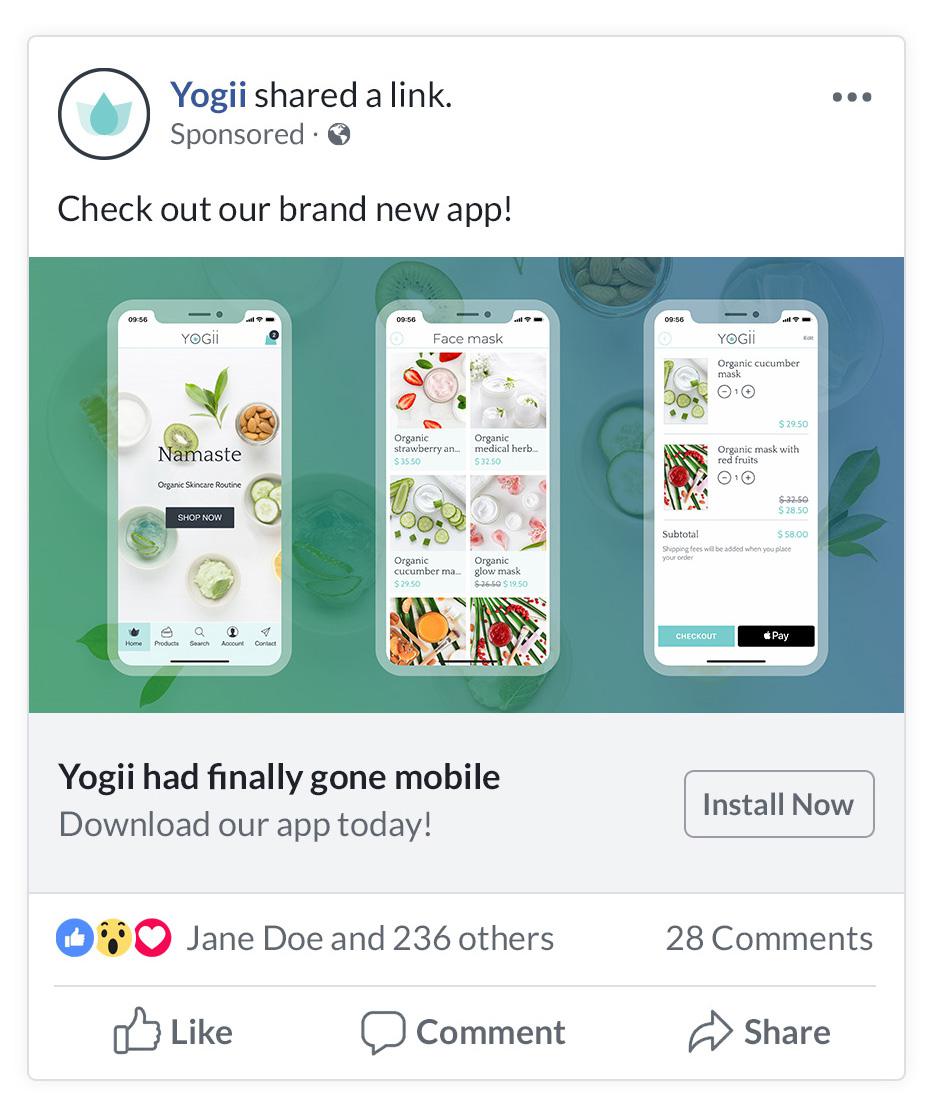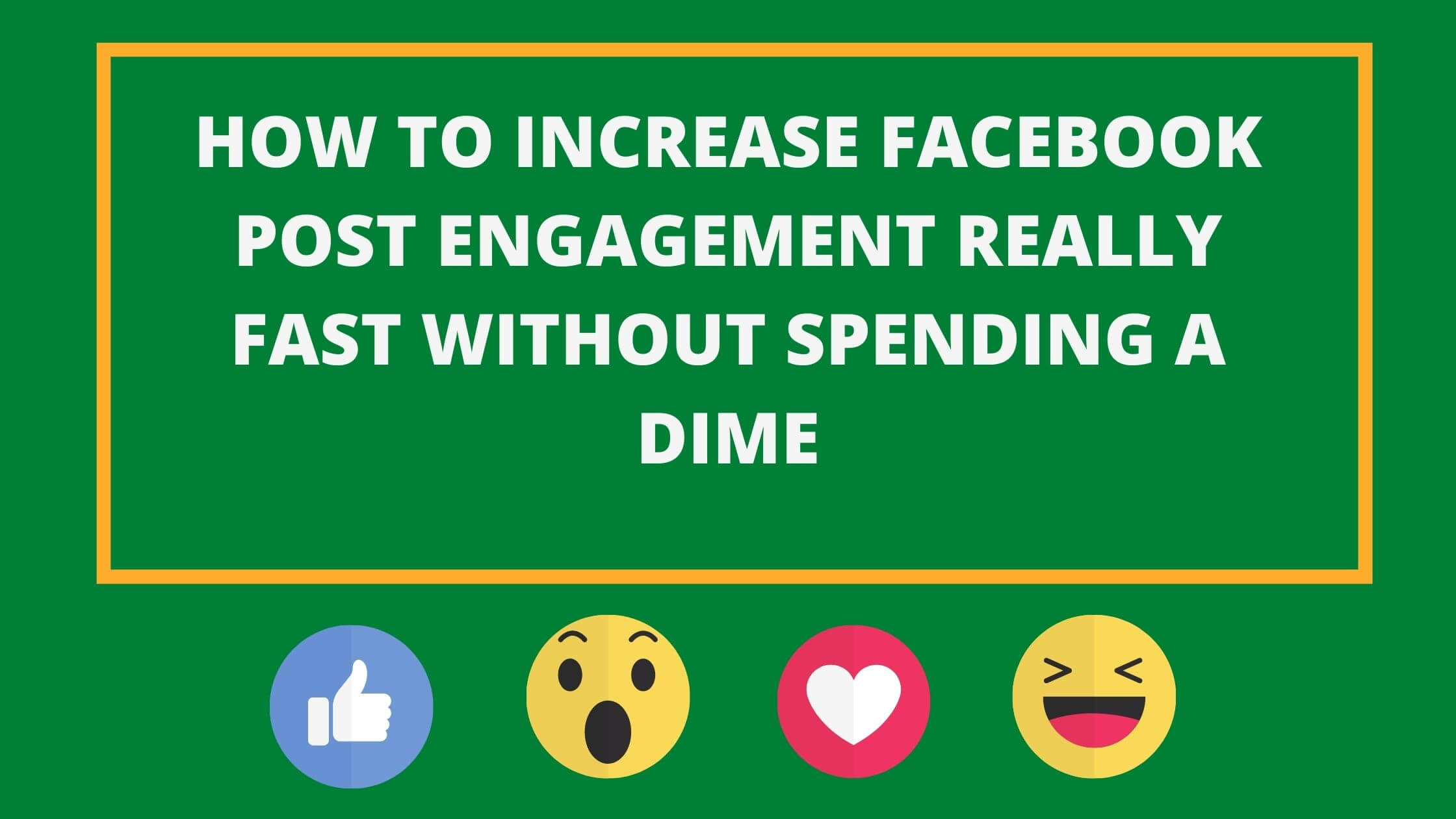
There are many options for advertising on Google. You can target specific age groups, genders or choose a goal according to the content of your site. You can target ads by geographic location depending on your goals. YouTube and other websites also belong to Google. This means you can run ads anywhere in its Ads Network. Also, you can target specific interests, such as age and gender.
Set a daily budget
Each campaign gets a daily budget. You can adjust it each day, or decrease it if necessary. Google will average it out and make sure it stays close to $3,000 per month. Be aware of any spikes in demand to ensure your budget remains within those limits. Search query demand can spike dramatically during major events or holidays. You can adjust your budget if you know when they occur.
Google advertising can be stopped once the daily budget has been reached. Google's algorithm evenly disperses budgets from 12:00am to 11:59pm. You may not be able see your ads until 11am on the next day. Your campaign can be more competitive, so you can increase your daily spending. These tips can help you increase your budget while not compromising your advertising campaigns.

Targeting your audience
Google has enhanced its ad targeting capabilities. It now consolidates audience demographics, segments and exclusions in one single tool. Depending on your goals you can target the right audience based on their location, age, gender, or interests. This will allow you to create a custom ad to attract only the most qualified people to your offer.
After you have created your ad you will need to target them according to their behavior. This is particularly useful when you want to target people who are actively searching for cat food. In addition to using demographics, Google will also analyze how they act during important life events. This will allow you to create an ad that is tailored to their preferences. Even though life events may not be as common as affinities and are more rare, they still correspond to many purchasing decisions.
The creation of a dynamic exclusionslist
Google advertising lets you create a dynamic exclusion list to prevent ads being placed at websites that include certain content. These lists are easy to create and manage. You can upload these lists directly to your Google Ads account, and set them up to automatically update themselves according to new domains or web pages. These lists may also be managed for you by an agency/group.
You can exclude certain content, websites, or entire topics from your ads. However, dynamic exclusion lists allow you to specify which websites and content to exclude from your ad placement. Although it may seem confusing, this feature is an important addition to the advertising experience. It also demonstrates Google’s commitment to brand safety. A majority of consumers assume that ads displayed next to content is endorsements. Facebook, YouTube and Pinterest have instituted brand safety measures to limit the placements of their ads. But while this new feature will make it easier for advertisers to control where their ads appear, it will also help advertisers achieve better contextual targeting.

Tracking your campaign's performance
The next step in tracking your campaign's performance with Google is to set up custom reports for it. These reports let you drill down on different metrics to get a better understanding of the campaign's performance. By assigning certain dimensions to different reports you can create custom reports that provide the information you require. You can then analyze the results to determine whether the campaign is working or not. To view how data changes over the time, you can export this data to a spreadsheet.
Custom UTM parameters are available for campaigns. They allow you to track the user's interactions with different versions. In Google Analytics, you can also use this URL to track the performance of offline marketing campaigns. You can change the default primary dimension to the Campaign Name, however. You can also add a tracking URL for your offline marketing campaigns by using UTM parameters.
FAQ
Is it possible to get traffic for free?
Refers to traffic that comes from organic search results, without the need for advertising. This type of traffic is known as organic traffic or natural traffic. You can get traffic free of charge by using article marketing, social media marketing and blogging.
Article marketing is one of the most effective ways to get free traffic. This is because it has a very low cost per click (CPC). Paid ads have a higher CPC, but the CPC is typically much lower than paid ads. Article marketing is also known as content marketing.
Social Media Marketing - Social media sites like Facebook, Twitter, and LinkedIn allow you to promote your business through advertising. You can use these platforms to post updates, share photos and build relationships with people who may become potential customers. Many businesses pay to advertise on social media sites because they want to reach more people at a cheaper price.
Blogging – Blogging is another way to get free traffic. If you create quality content that people love to read, visitors will find you. Once your blog is attracting visitors, it's possible to make money from it by selling products and/or services.
Email Marketing – Email marketing has been around ever since the dawn of the Internet. However, it remains one of your best methods to drive traffic to you website. Sending emails regularly is a good strategy to grow your list of subscribers and eventually sell them something.
What is the best way to advertise online?
Internet advertising is an integral part of any business strategy. It is a cost-effective way for companies to reach potential customers. There are many types of internet advertising. Some are free and some require payment.
There are several options for advertising on the internet. These include banner ads, pop-up advertisements, search engine optimization (SEO), PPC (pay-per-click) advertisements, social media and mobile marketing. Each method has its pros and cons.
What do you need to know about radio advertising?
It is important that you understand the differences between media. Remember that all media types are complementary, not competing.
Radio is best utilized as an extension to TV advertising. It complements TV by reinforcing key messages and providing additional information.
Radio listeners are often not able to handle long TV commercials. Radio ads are often shorter and cheaper.
What is the cost of advertising on social media?
It is important to know that advertising on social media platforms is not free if you decide to do this route. You'll be charged monthly according to how long you spend on each platform.
Facebook - $0.10 per 1000 impressions
Twitter - $0.20/1000 impressions (if applicable)
If you send out invitations to Linkedin, $0.30 per 1,000 impressions
Instagram: $0.50 per 1,000 impressions
Snapchat – $0.60 per 1,000 impressions ($0.40 for each user)
YouTube – $0.25 per 1000 views
Tumblr: $0.15 per 1,000 impressions of text posts
Pinterest - $0.05 per 1,000 impressions per month
Google + $0.15-$0.20 for 1,000,000 impressions
Tumblr $0.15- $0.20 for 100,000 impressions
Vimeo - $0.20-$0.25 per 10,000 impressions
Soundcloud - $0.20-$0.25 per 1 million plays
StumbleUpon - $0.20 -$0.25 per 1 billion pageviews
Digg - $0.20 to $0.25 per 1000 diggs
Reddit: $0.20-$0.25 for 1000 comments
Wordpress $0.20-$0.25 per 500 Comments
Flickr - $0.20 -- $0.25 per 5,000 photo uploads
What is affiliate marketing?
Affiliate marketing is an online model that allows you to earn commissions for referring customers to other websites. If someone buys from your product, you get paid by the owner.
Affiliate marketing is based on referrals. To get people to buy from your affiliate marketing, you don't have any special requirements. All you need to do is refer them to the website.
It's possible to make money with no selling. It's as simple to sell as to buy.
Even affiliate accounts can be set up in just minutes.
The more you refer people, the more you'll receive commission.
There are two types.
-
Affiliates who own their own websites
-
Affiliates who work in companies that offer products or services.
Why should you use social media to promote your business?
Social Media Marketing, or SMM, allows you access customers directly on social networks, such as Facebook, Twitter LinkedIn YouTube YouTube Google+. You can also target certain groups on these networks with keywords.
This advertising method is much more affordable than traditional marketing methods because it costs less to market online. You can also build strong relationships and trust with your clients, both current and prospective.
It is easy to use social media to promote your company. All you need is access to the Internet and a smartphone.
What should you know about TV advertising?
Television advertising is an extremely effective medium for reaching many people at once. It was also very costly. It can still be very powerful if used correctly.
Although there are many kinds of TV ads to choose from, all share the same characteristics. It is important to make sure that your TV ad fits into the appropriate category. Don't confuse a lifestyle ad with a product advertisement if you are running a commercial. Your message should be consistent throughout the entire campaign.
Second, prime-time hours are the best times to air your ads. This is because TV viewers often relax while in front of the screen. They should be able to concentrate on what you are saying.
Last but not least, just because you have a lot of money does not mean that you will get great results. In fact, the opposite may be true. The University of California conducted a study that found commercials shown on popular programs were less likely than those on non-popular programs to sell products. If you spend a lot of money advertising on TV, make sure it's done right.
Statistics
- This means that at least 50% of an ad needs to be shown on the screen for at least one second. (quicksprout.com)
- Worldwide spending on advertising in 2015 amounted to an estimated US$529.43 billion. (en.wikipedia.org)
- Advertising's projected distribution for 2017 was 40.4% on TV, 33.3% on digital, 9% on newspapers, 6.9% on magazines, 5.8% outdoor, and 4.3% on radio. (en.wikipedia.org)
- Advertising spending as a share of GDP was about 2.9 percent. (en.wikipedia.org)
External Links
How To
How to run ads that are paid
Paid advertising is any type of marketing where you pay money. This could be purchasing advertising space on the internet, placing ads in newspapers and magazines, as well as paying someone to promote you business online. However, there are many types of paid advertising, including social media campaigns, email marketing, display advertising, search engine optimization (SEO), mobile app promotion, and even influencer marketing.
For your campaign to be successful, you need to know what it costs and what results you can expect. You also want to consider whether or not you'll get enough return on investment (ROI) to justify the cost.
Before you can start a paid marketing campaign, you need to first identify potential customers for the product or service. You can start by sharing your message via social media, posting flyers and making announcements in your local area.
Once you have identified your target audience, it is possible to decide which way to reach them. You might advertise in the local newspaper classifieds if your product is organic. If you sell cosmetics, advertising on television or radio might be a better option.
After you have determined who you want, you need to figure out how much money you can afford. There are several methods you can use to calculate your spending budget. The first is to divide the budget into daily or weekly, monthly, quarterly, annual, and/or quarterly amounts. To make it easier, you can use a spreadsheet program.